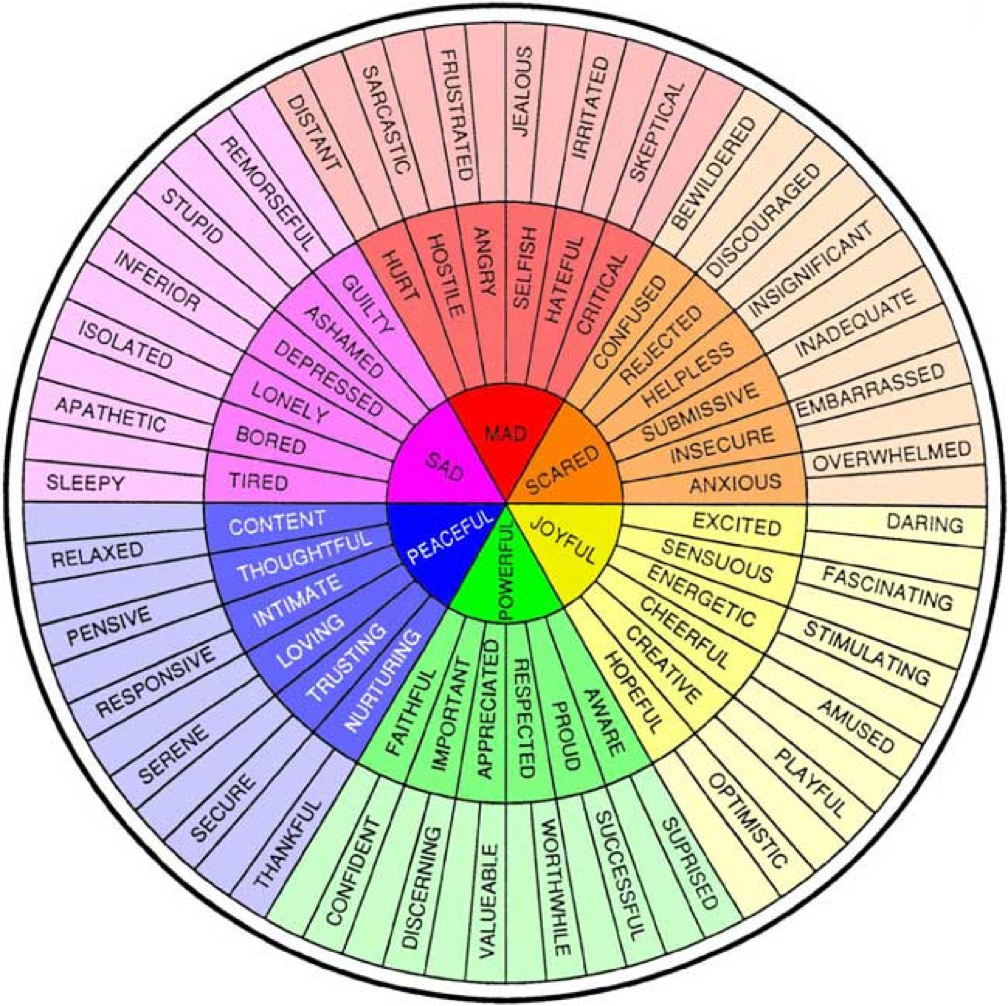

These core affects are analogous to the three primary colors (red, yellow, and blue) in that they are combined in various proportions to result in more complex “higher order” emotions, such as love and aesthetic emotion. There are four kinds of basic emotions: happiness, sadness, fear, and anger, which are differentially associated with three core affects: reward (happiness), punishment (sadness), and stress (fear and anger).

The basic emotions are internal states that are modulated by neuromodulators, and these internal states are externally expressed as certain stereotypical behaviors, such as instinct, which is proposed as ancient mechanisms of survival. Here we propose an integrative model of basic emotions based on observations of this animal model. Analysis of Drosophila and other insects has unlocked new opportunities to elucidate the behavioral phenotypes of fundamentally emotional phenomena. Despite the importance of emotion, the relative lack of objective methodologies to scientifically studying emotional phenomena limits our current understanding and thereby calls for the development of novel methodologies, such us the study of illustrative animal models. 4Department of Psychiatry, Baylor Scott & White Health, Dallas, TX, United StatesĮmotion plays a crucial role, both in general human experience and in psychiatric illnesses.3College of Medicine, Texas A&M University, College Station, TX, United States.2Department of Psychology, Jiangsu University, Zhenjiang, China.1Institute of Brain and Psychological Science, Sichuan Normal University, Chengdu, China.


 0 kommentar(er)
0 kommentar(er)
